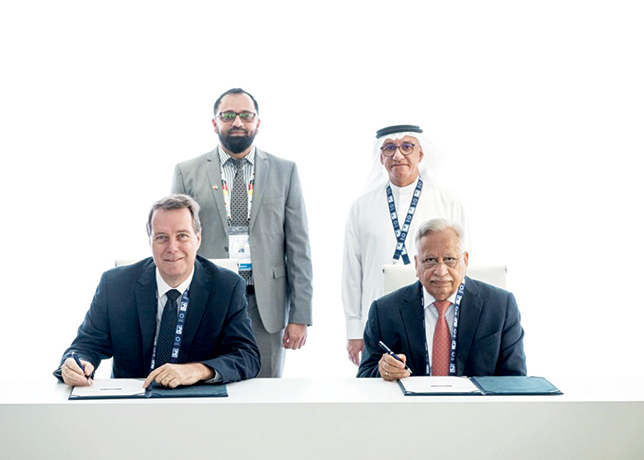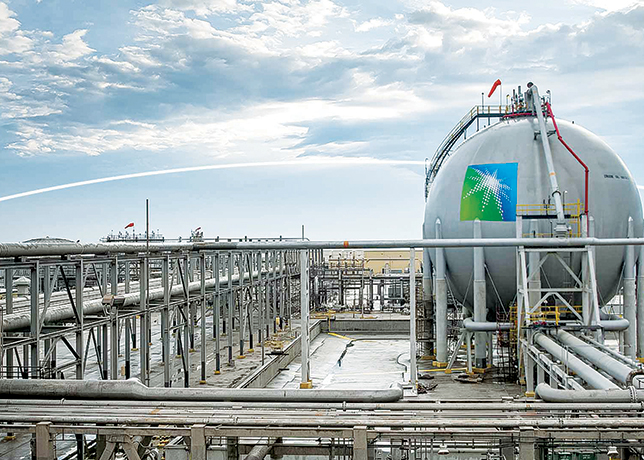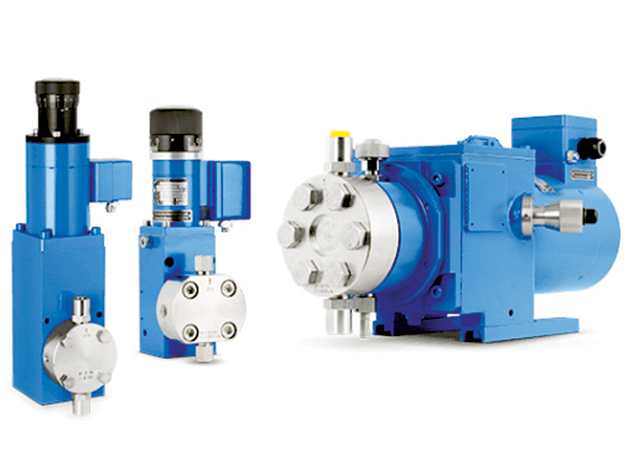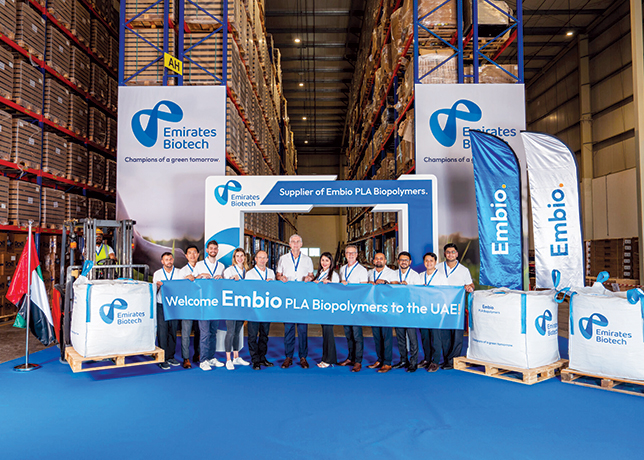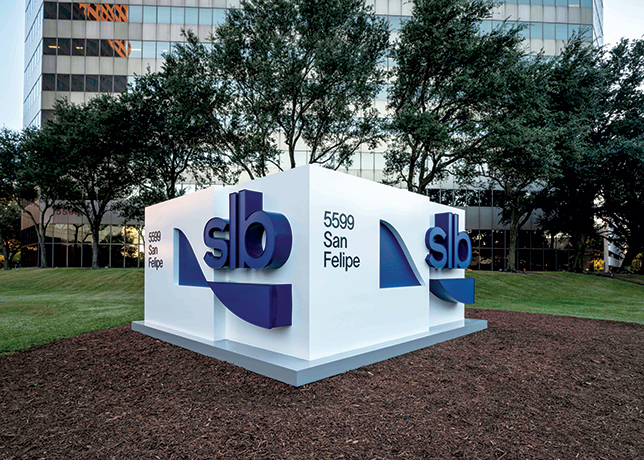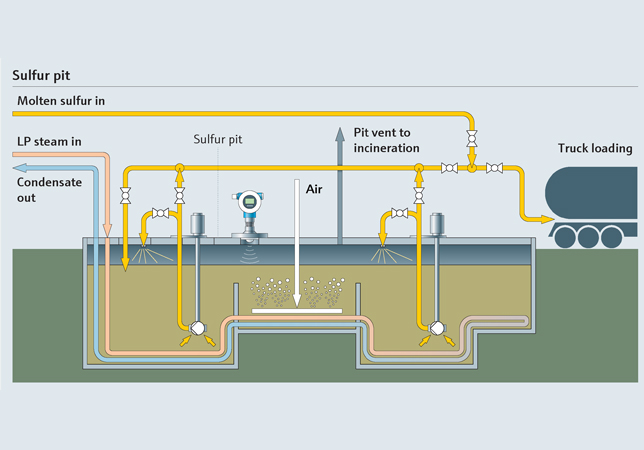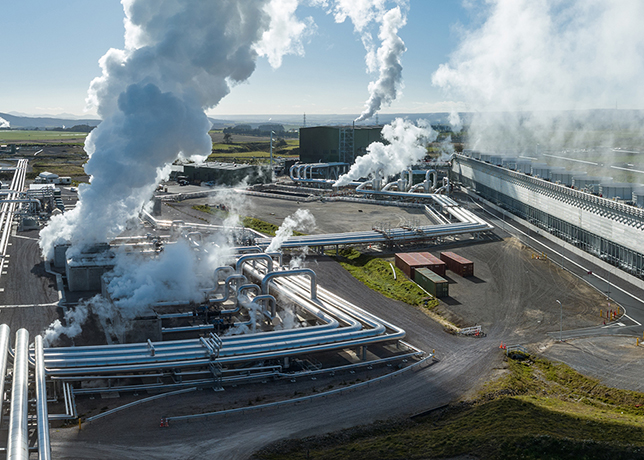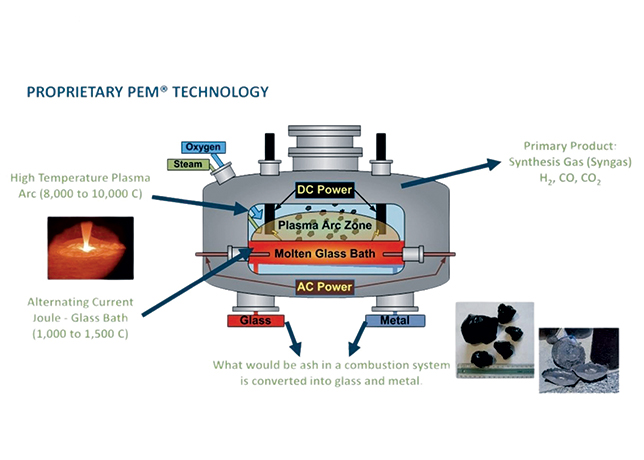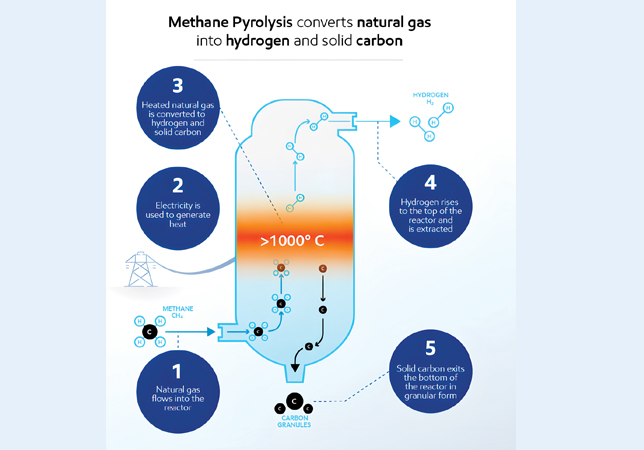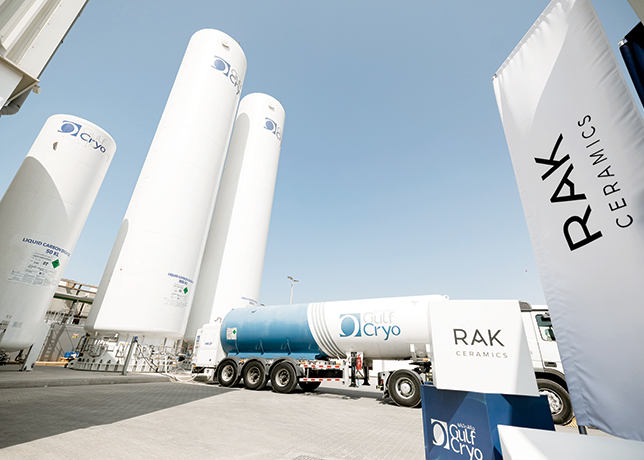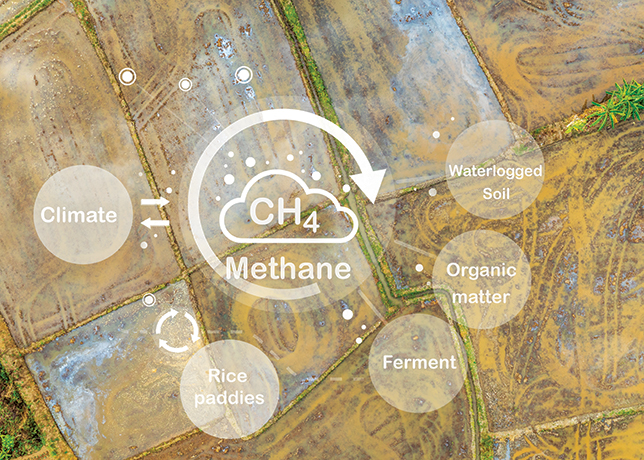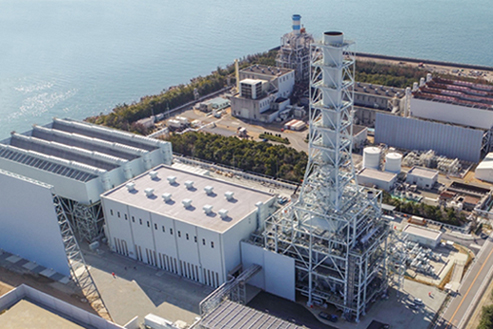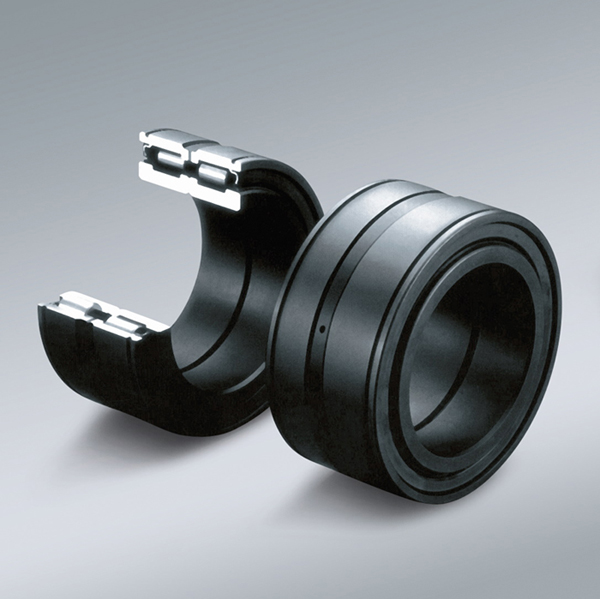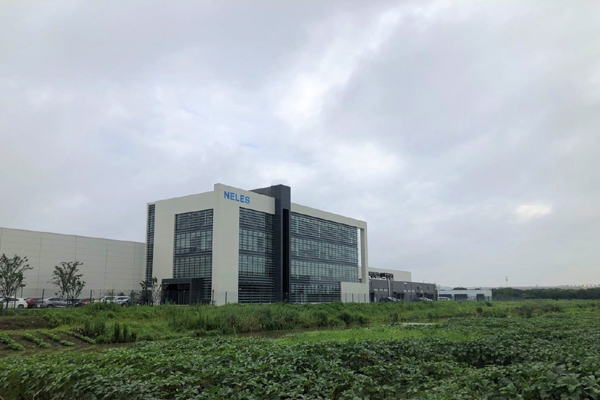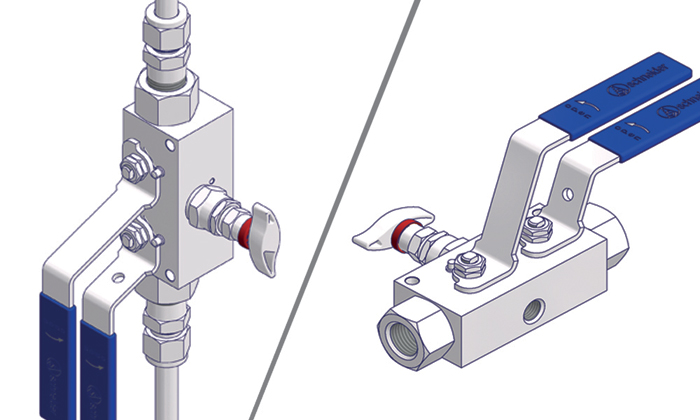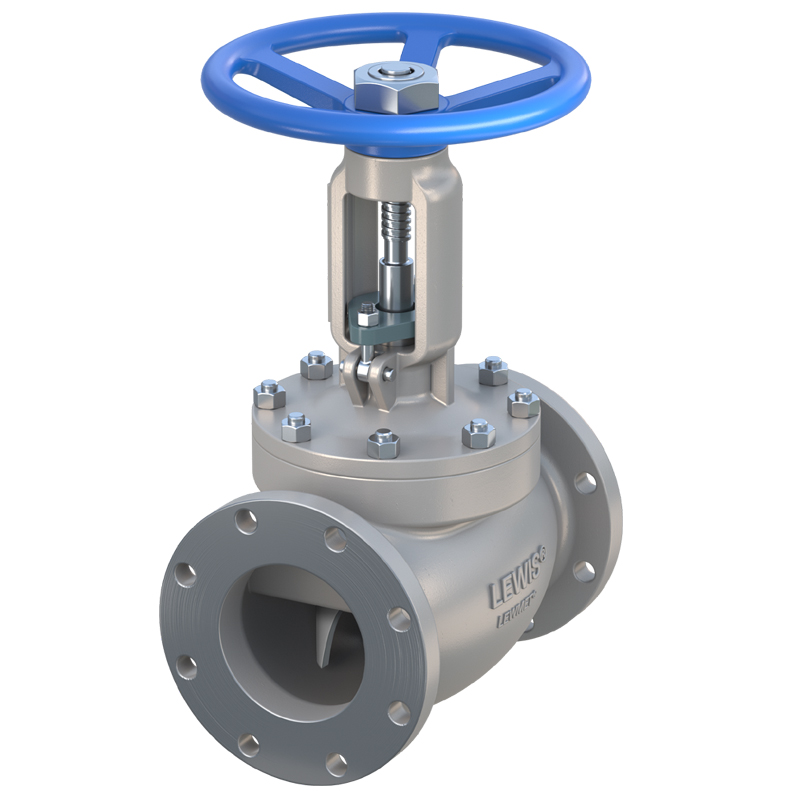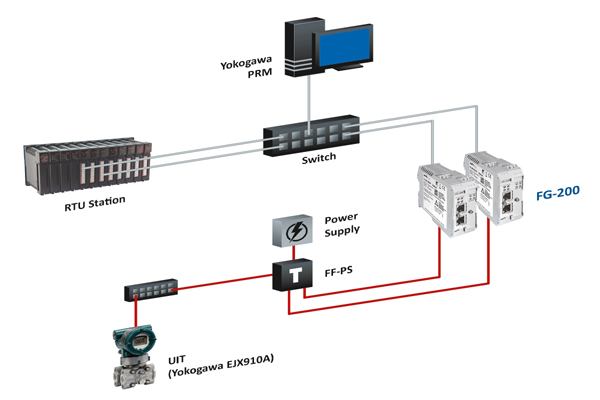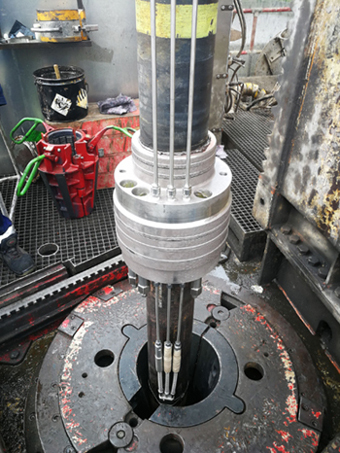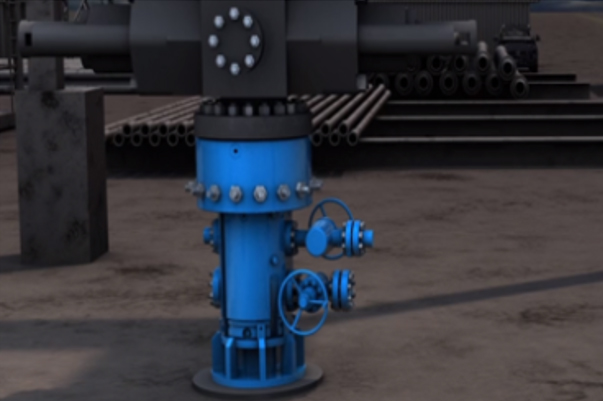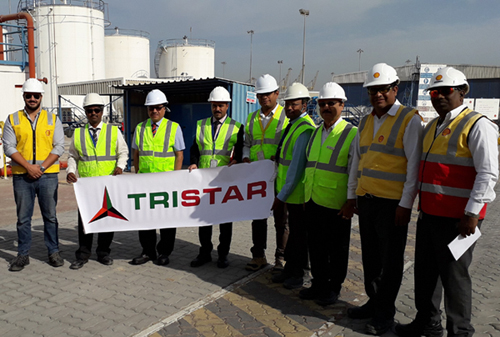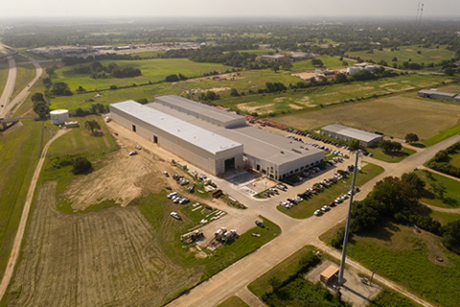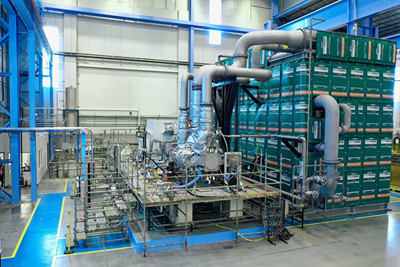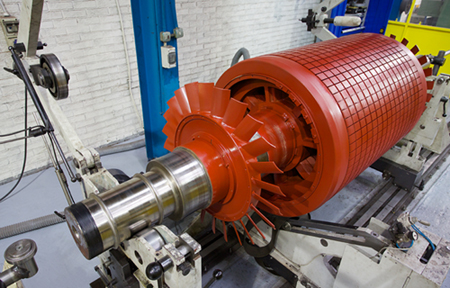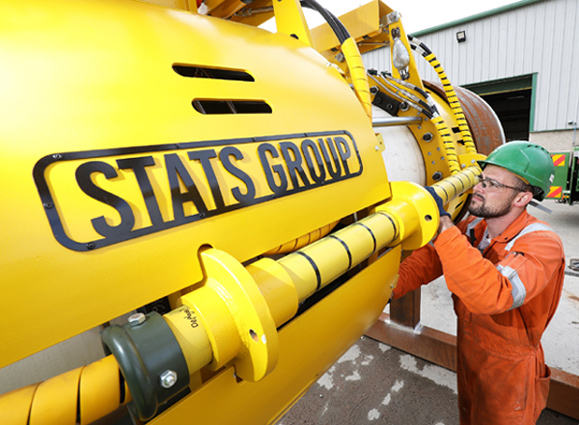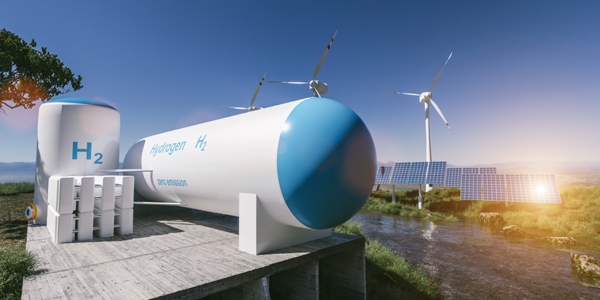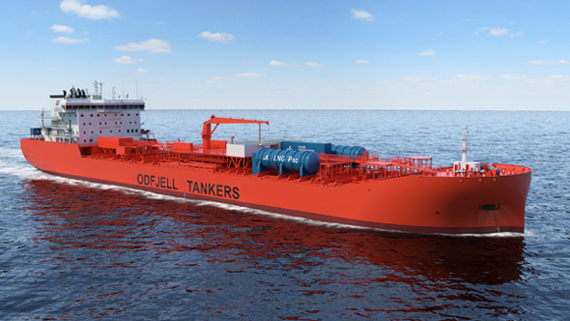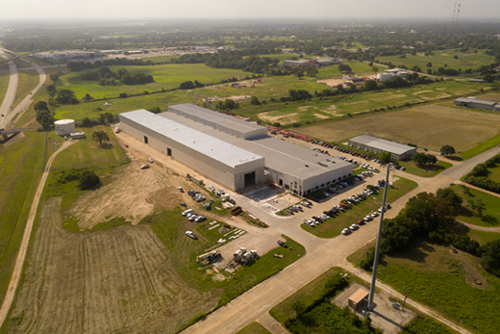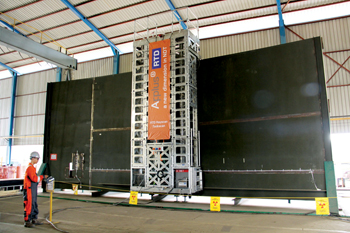
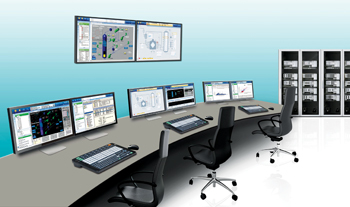 Yokogawa launches Centum VP R5.04
Yokogawa launches Centum VP R5.04
Yokogawa Electric Corporation has announced the release of Centum VP R5.04, an enhanced version of the company’s flagship integrated production control system. This new Centum release features enhanced alarm and batch functions.
The development of Centum VP R5.04 is the outcome of a steady effort to improve this system, which is the cornerstone of Yokogawa’s IA business’s VigilantPlant vision. R5.04’s enhanced alarm function improves operational safety, and the enhanced batch function meets specific requirements of industries, such as specialty chemical, which is being targeted under Yokogawa’s Evolution 2015 mid-term business plan. Enhancements:
• Visual and audible indicators: With the Centum system, a prominently colored tag mark is displayed on the HMI screen next to any measurement reading that falls outside the normal range. With Centum VP R5.04, these coloured tag marks now come in a variety of easily recognisable shapes that indicate the importance of a measurement item and the severity of an anomaly (critical, high risk, medium risk, low risk, etc.).
New audible alarms have also been added to provide information on the severity and equipment location of an anomaly. Through the use of colour, shape, and sound, operators can quickly and intuitively recognise the significance of a specific alarm, thereby allowing for improved operational safety.
• Highly efficient batch process engineering: With batch process manufacturing, a recipe must be defined for each product. A recipe consists of a procedure and a formula: the procedure is a description of particular processes such as feed and temperature control that will be employed, while the formula specifies feed quantity, temperature, and the like. While procedures and formulas are usually defined separately, it is advantageous in certain batch applications if both can be defined together on the same screen. The Centum VP R5.04 batch function has been enhanced by adding this capability, and this allows end users to efficiently perform the engineering required for each definition method.
Major Target Markets: Manufacturers in process industries such as oil and natural gas, petrochemicals, chemicals, electric power, pulp and paper, pharmaceuticals, food, iron and steel, and water supply and wastewater treatment.




















